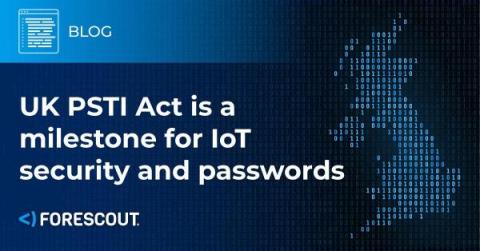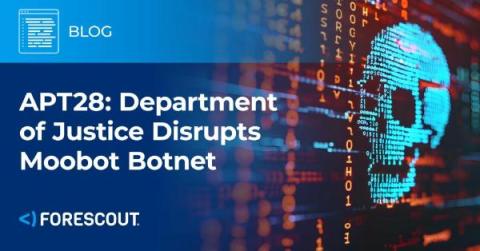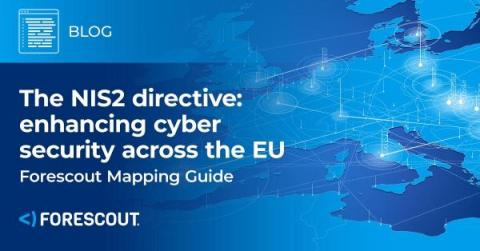Exposing the exploited: Analyzing vulnerabilities that live in the wild
It’s time to recognize official security vulnerability catalog systems aren’t enough. There are too many gaps in the named security vulnerability process. And plenty of vulnerabilities do not receive the attention they deserve. Some vendors silently patch issues while others leave vulnerabilities in a reserved state. There is not one source of information that contains every vulnerability being exploited. The result?










